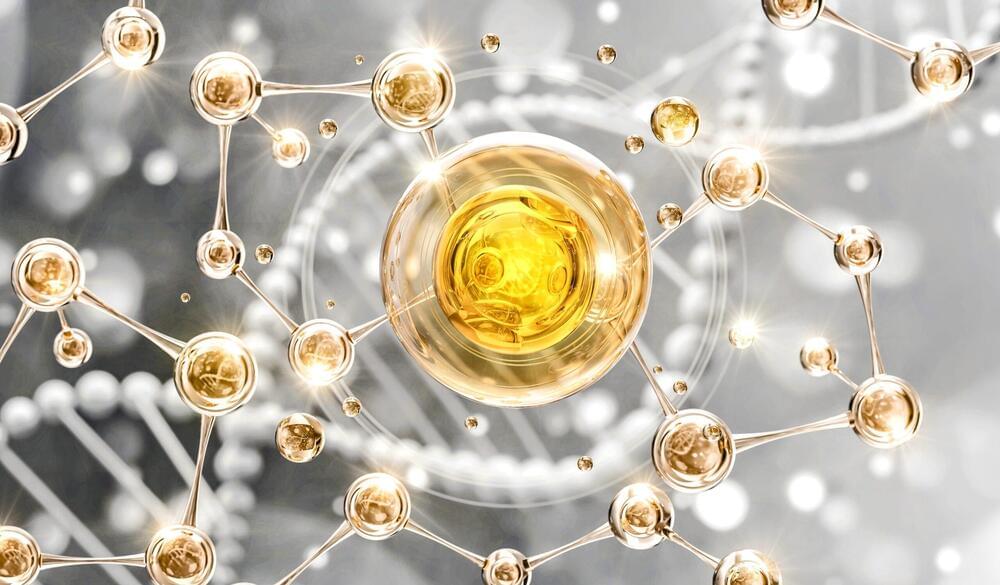Security Enhanced Linux (SELinux) has been part of the mainline kernel for two decades to provide a security module implementing access control security policies and is now widely-used for enhancing the security of production Linux servers and other systems. Those that haven’t been involved with Linux for a long time may be unaware that SELinux originates from the US National Security Agency (NSA). But now with Linux 6.6 the NSA references are being removed.
The United States National Security Agency worked on the original code around Security Enhanced Linux and was the primary original developer. The NSA has continued to contribute to SELinux over the years while with its increased adoption does see contributions from a wide range of individuals and organizations.








